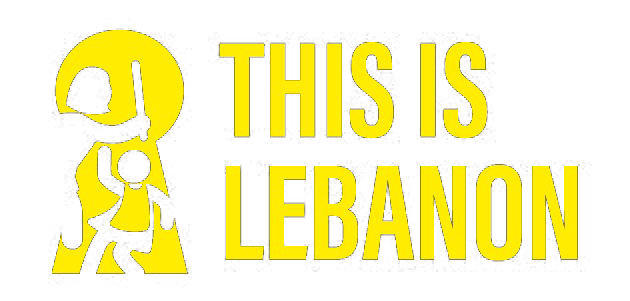The U.N says there are 35 million international migrants in the Gulf Cooperation Council (GCC, a group of Persian Gulf states), Jordan, and Lebanon. They are defined as “someone who changes his or her country of usual residence, irrespective of the reason or legal status.” They include refugees and dependents—31 percent are women. Arab states also host a subgroup of 23 million migrant workers— defined by the ILO as “a person who migrates or who has migrated from one country to another with a view to being employed other than on his own account.” Most are in low-skill, low-wage occupations; 39 percent are women. These numbers are often underestimated.
The GCC hosts 10 percent of global migrants with Saudi Arabia and the United Arab Emirates (UAE) respectively hosting the third and sixth largest such populations globally. International migrants comprise over 80 percent of the populations of the UAE and Qatar, 70 percent of Kuwait’s, and 55 percent of Bahrain’s.

